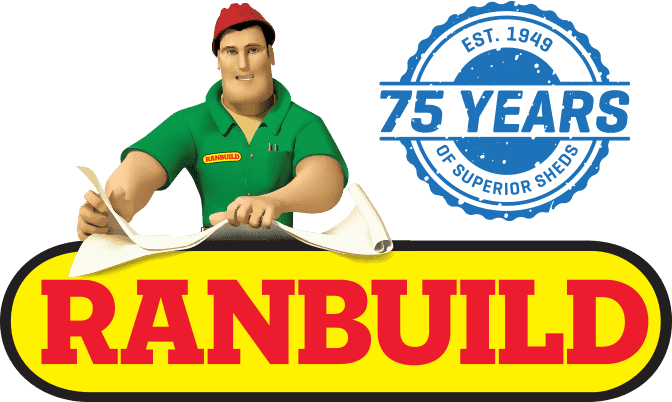For most sheds, a concrete slab foundation is essential. Unless your yard is perfectly flat, you’ll need to cut and fill to provide a level surface: ideally the finished slab should be slightly raised so that water drains away from the shed. A Dingo digger or bobcat will make short work of clearing, levelling and digging the slab area. Read all the safety instructions and pay attention to the training before you start – accidents with diggers are at best expensive.
Digging tips
- For a small job, some companies do half-day hires. If there are other excavations happening in your local area, it’s worth asking if they will quote on a price to fit your small job in, which can be both reasonably cheap and time-saving.
- For a large job, or if you’re unfamiliar with the equipment, consider hiring an excavator to do the work. Although they’re not cheap, they’ll be faster than you, and you won’t need to worry about damage to the equipment, your property, or yourself.
- If you don’t have a use for all the excavated material, advertise it locally on community noticeboards or websites. Usually someone will have a need for free fill, which can save you removal costs.
Work with the footing plan supplied with your shed, and make sure that your concreters have copies of it beforehand. Fancy finishes to the slab, such as polishing, cost extra. Keep your slab continuously moist while it cures – the longer you can do this for, the stronger it will be. Wetting it down with the hose will do. If you can do this for at least a week, it will be about 30% stronger than a fast-curing slab.

